Search Images
Browse Content (p. 1421)
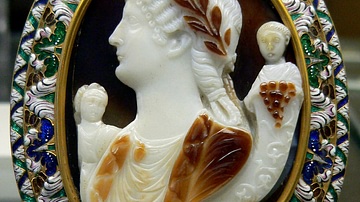
Image
Valeria Messalina Cameo
A cameo depicting Valeria Messalina and her children, wife of Roman emperor Claudius. (Cabinet des Médailles, Paris)
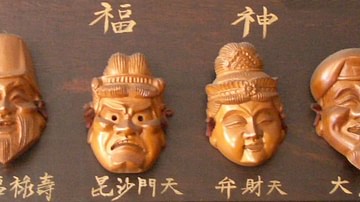
Image
Seven Lucky Gods
The Seven Lucky Gods or Shichifukujin of Japanese folklore. From left to right: Soldan Sağa Hotei, Juroujin, Fukurokuju, Bishamonten, Benzaiten, Daikokuten, Ebisu
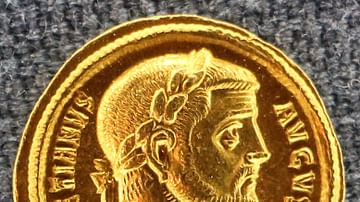
Image
Aureus from Antioch
A gold aureus from Antioch depicting Roman emperor Diocletian (r. 284-305 CE).
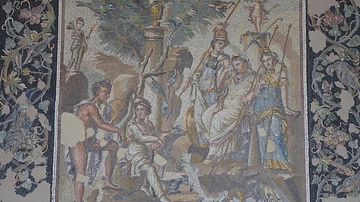
Image
Mosaic of the Judgement of Paris
A Roman floor mosaic depicting the judgement of Paris, Antioch, Syria. 115-150 CE. (Louvre, Paris)
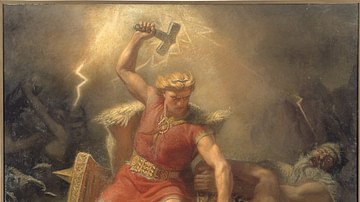
Image
Thor Battling Giants
Thor's Fight with the Giants, oil on canvas by Mårten Eskil Winge, 1872.
Nationalmuseum, Stockholm.
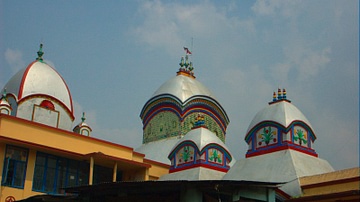
Image
Kalighat Temple
The roof of the 18th century CE Kalighat Kali Temple in Calcutta dedicated to the Hindu goddess Kali.
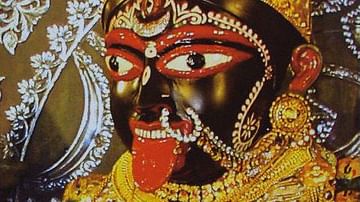
Image
Kali Statue
A statue of the Hindu goddess Kali from the Dakshineshwar Kali Temple in West Bengal..

Image
Map of Indo-Euopean Migrations
A map indicating the possible routes of Indo-European migrations.
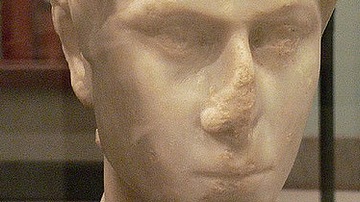
Image
Emperor Constantius II
A marble bust of Roman emperor Constantius II, reign 337-361 CE. (University of Pennsylvania Museum of Archaeology)
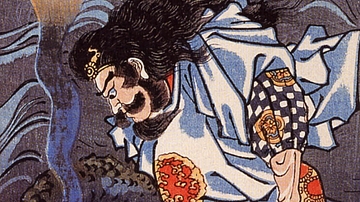
Image
Susanoo & the Koshi Dragon
The Shinto god Susanoo searching the waters for the eight-headed dragon known as Yamato-no-Orochi or the Koshi. (19th century CE print by Utagawa Kuniyoshi)